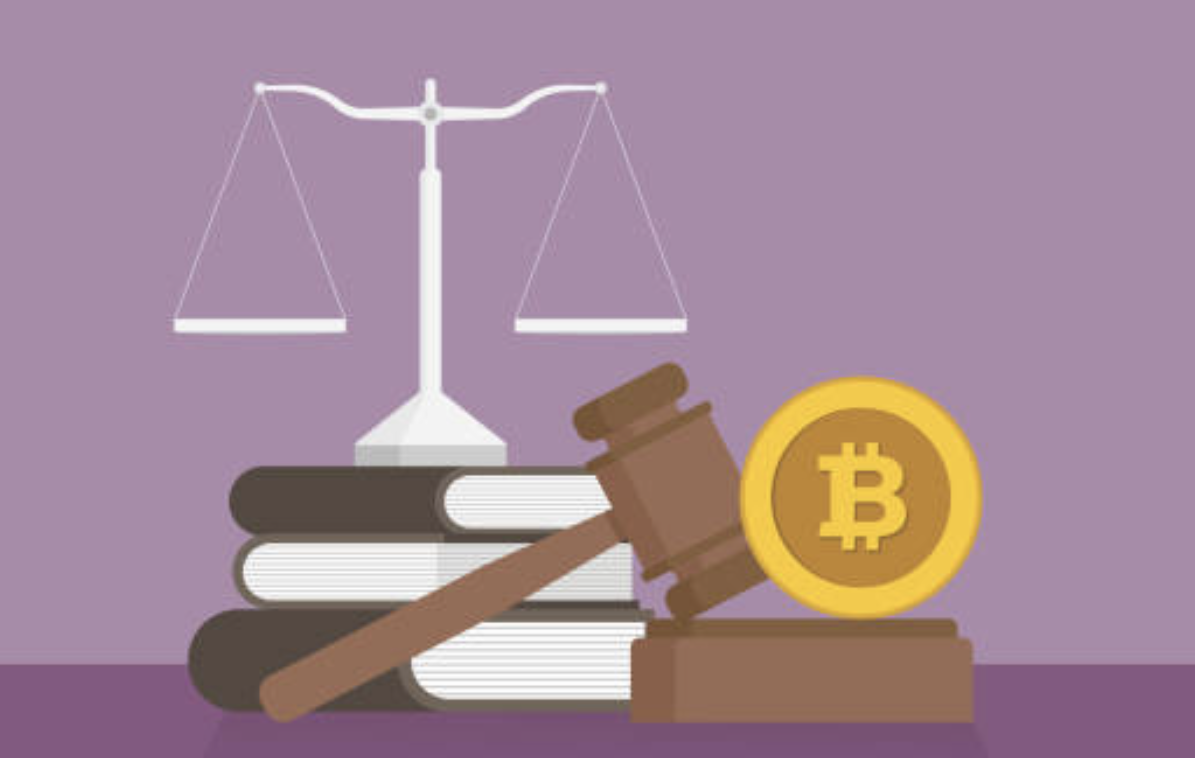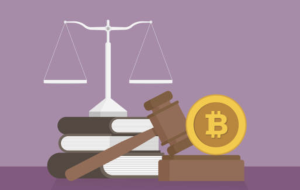Join Our Telegram channel to stay up to date on breaking news coverage
The digital asset industry finds itself at a pivotal moment, facing significant regulatory challenges worldwide. Regulatory bodies across the globe are taking steps to introduce regulations for this 15-year-old industry.
The Regulatory Crossroads – Unveiling the Challenges and Prospects for the Industry
In April, the EU Parliament approved a comprehensive set of regulations known as Markets in Crypto Assets (MiCA), marking a milestone in establishing a multi-jurisdictional framework for digital assets.
In the Asia-Pacific (APAC) region, Hong Kong, with tacit approval from China, aims to implement a licensing regime, entering a race with Singapore to become a prominent digital asset hub alongside Japan.
On a global scale, the G-20 group of nations, backed by the International Monetary Fund (IMF), is advocating for global regulations.
Meanwhile, in the United States, the situation is characterized by fragmentation, frustration, and conflict. In today’s global economy, blocking digital assets within the U.S. does not impede the progress of the industry; it merely places American businesses at a disadvantage in the competitive landscape.
To secure a stake in the growing global digital asset industry, U.S. legislators and regulators must quickly harmonize their efforts and work together.
Currently, the United States suffers from a piecemeal approach to regulatory measures. Various states have implemented their own regulations for digital assets, exemplified by New York’s BitLicense, leading to inconsistent money-transmission rules across different states.
While states are granting charters for crypto banks, the Federal Reserve is restricting access to its systems. The Office of the Comptroller of the Currency (OCC) denies all characters, and the Securities and Exchange Commission (SEC) has implemented accounting rules that hinder traditional financial institutions from participating in digital assets.
Moreover, the SEC’s lack of clarity regarding digital assets has compelled groundbreaking firms to resort to legal action against regulators in pursuit of answers to their questions.
At the legislative level, bills related to digital assets have become entangled in partisan politics, diminishing the likelihood of federal legislation passing this year. Despite these challenges, the involvement of U.S. regulators and legislators in the digital asset industry is generally positive. However, prompt action is crucial.
Failure to act quickly allows bad actors to thrive, and businesses that aim to comply with regulations will seek jurisdictions that foster growth and innovation.
Fostering a Collaborative Regulatory Approach for the Healthy Development of the Digital Asset Industry
To ensure the healthy development of the digital asset industry, it is essential to extend the existing investor protections of traditional financial markets to encompass digital assets. This approach would involve crafting new rules that align with the unique characteristics of digital assets while exempting firms from rules that do not apply.
The SEC has taken some steps in the right direction, such as considering updates to the definition of exchanges to include decentralized exchanges (DEXs) and proposing the inclusion of digital assets under the “custody rule.” These moves demonstrate the application of existing rules to digital assets and highlight the need for proactive regulatory measures.
The SEC’s engagement with the industry should involve collaboration rather than enforcement-driven actions. Instead of shutting down programs and imposing fines, a more constructive approach would involve the SEC providing guidance to issuers and exchanges, outlining specific actions they should cease and suggesting alternative practices to ensure compliance.
Collaborative efforts that encourage progress and the development of safe products will be more conducive to the industry’s growth than regulatory actions focused solely on enforcement.
In considering regulations, it is crucial to strike a balance between disclosures and the practicality of implementation. While disclosures are necessary, not all current requirements are applicable to digital assets.
Certain aspects of digital assets that are relevant to investors may not be covered by existing disclosure requirements. For instance, MiCA mandates disclosure of the blockchain consensus mechanism used by projects and its environmental impact, which can be presented in a public white paper instead of a prospectus.
Introducing new definitions and rules tailored to the digital asset industry represents a more effective approach compared to regulation through enforcement.
The trillion-dollar digital asset industry requires proportional banking support. By failing to provide clear guidance for traditional banks to participate in the digital asset sector, regulators unintentionally created concentration risk within a few smaller banks, exemplified by the collapse of Silvergate Bank.
Instead, regulators should have facilitated the participation of numerous banks, allowing each to contribute a smaller proportion of the industry’s banking needs, thereby distributing the risk more evenly.
The fundamental cause of digital asset and bank failures, resulting in the loss of investor funds, can be attributed to the exclusion of digital assets from the safety and supervision provided by established trading markets and regulated banks.
Legislative and regulatory failures to keep pace with innovation and establish secure paths for investing in digital assets have directly harmed investors.
The established trading markets, banks, and custodians that are experts in mitigating risks should be empowered to participate in digital assets. This requires an ongoing, multi-year effort to adapt to the constant changes brought about by technological advancements.
Digital asset firms committed to long-term growth are not seeking to evade regulatory oversight or foster speculative assets and markets. They aim to build improved financial markets and seek collaborative partnerships with regulators to obtain clear guidance on bringing digital asset products and services to the market.
Embracing innovation and evolving regulations will pave the way for a vibrant and responsible digital asset industry that benefits both investors and the broader financial ecosystem.
Related Articles
Best Wallet - Diversify Your Crypto Portfolio
- Easy to Use, Feature-Driven Crypto Wallet
- Get Early Access to Upcoming Token ICOs
- Multi-Chain, Multi-Wallet, Non-Custodial
- Now On App Store, Google Play
- Stake To Earn Native Token $BEST
- 250,000+ Monthly Active Users
Join Our Telegram channel to stay up to date on breaking news coverage


